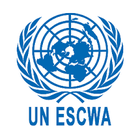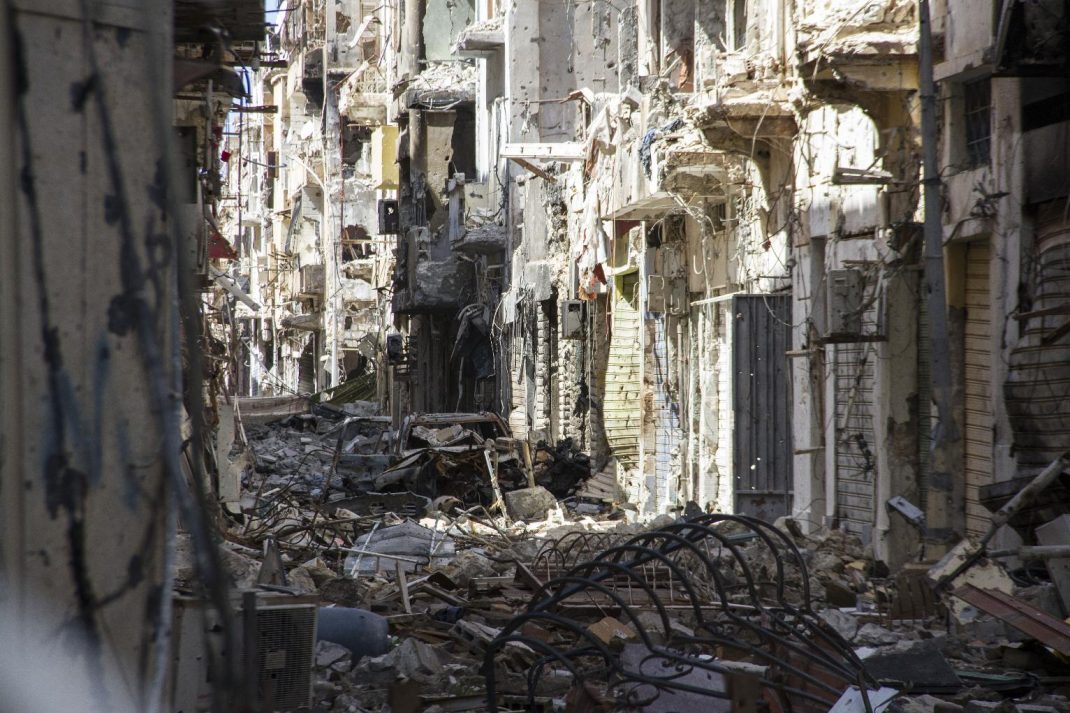 This study seeks to inform the Libya socioeconomic dialogue participants on the costs and losses associated with conflict in Libya when discussing alternative socioeconomic frameworks for the country’s sustainable development.
This study seeks to inform the Libya socioeconomic dialogue participants on the costs and losses associated with conflict in Libya when discussing alternative socioeconomic frameworks for the country’s sustainable development.
(III)
The conflict and its transmission channels
The conflict in Libya has greatly paralyzed the country’s economy. Average economic growth reached -1.9 per cent over the period 2011- 2019, compared with 2.3 per cent between 2000 and 2010. Since 2011, Libya has been affected by a sharp decline of, and a highly volatile, economic performance. Between 2000 and 2010, the average growth performance was around 2.3 per cent, while the average economic growth reached -1.9 per cent between 2011 and 2019.
The high dependency of the Libyan economy on oil revenues was reflected by the level of the standard deviation of the growth performance, estimated at 8.1, and which reached 56.8 during the period from 2011 to 2019, compared with 8.1 a decade earlier. Different episodes of political crises have affected the economic performance of productive sectors and the government’s fiscal operations.
These factors come in addition to a challenging global context that has negatively affected the performance of the Libyan economy, including, in particular, the spread of the COVID-19 pandemic and the drop in oil prices. In this study, we identified five important factors in the transmission of the political crisis and the conflict over the economy.
The first two, in the oil sector, are related to the decline in oil production and the international price. The other three channels represent the decline in other productive activities, the reduction in government revenues and, particularly, public investment, and the decrease in the labour force due to the departure of large numbers of migrant workers because of the conflict.
We will try in this chapter to make assumptions about the level of decline of these activities in order to introduce them into our model and in the analysis of the impact of the conflict on the Libyan economy.
Channel 1: Decline of oil production
Admittedly, it is difficult to estimate the decline in oil production because of the war and the shutdown of some production sites. However, we were able to estimate this decline based on OPEC statistics. The average daily production over the period 2000-2010 was around 1.6 million tons. This level of production then declined significantly because of the war. The average daily production increased during the period from 2011 to 2019 to 0.6 million tons. This gives us an assumption of a drop-in production of around 60 per cent.
Channel 2: Crumbling of international oil prices
The international oil prices experienced a significant drop from $106/b in 2010 to $40/b in 2016. However, and after a slight increase in 2018 ($65), the declining tendency accelerated to reach $42/b in 2020 largely due to the pandemic and the global economic recession.
Channel 3: Losses of nonoil productive capacities
The effects of the conflict were not limited to the hydrocarbon sector. Other economic sectors, although not as important as the hydrocarbon sector, have also been affected by the conflict. In this report, we have sought to take into account the impact of the decline in these activities by examining and confronting many sources. Based on our research, the following assumptions were recorded:
- A 20 per cent decline in agricultural activities.
- A 30 per cent decline in manufacturing activities.
- A 20 per cent decline in service activities.
Channel 4: Failing of government revenues and public investment
Like many other oil-producing countries, Libya is heavily exposed to oil revenue risk that is difficult for governments to bear. In the absence of alternative financing opportunities, when prices go down, governments have to cut expenditure or raise other revenues.
As a result, in Libya, the government’s oil receipts and total revenue have fluctuated from year to year, even before the political crisis. Given the vulnerability of public finances to volatile oil prices, there was a push within the government to:
(i) establish a domestic tax system;
(ii) rationalize expenditures by reducing the public-sector wage bill;
(iii) better manage public resources; and
(iv) raise user charges.
In reality, and during periods of declining oil prices, cuts in capital outlays were typically the first line of defence because these outlays are generally import-intensive, and because eliminating investment projects can be politically and socially easier to implement than reducing current outlays, such as the wage bill or subsidies.
Moreover, and despite the declining trend in oil revenue during much of the past two decades, the wage bill has grown continuously, reflecting the role of the government as the main provider of jobs for nationals.
Conversely, during periods of rising oil prices, current spending, rather than capital spending, has tended to increase. Unfortunately, lack of diversity in sources of GDP and budgetary revenues continues to impede Libya’s economic development.
Channel 5: Decline of labour supply
The crisis has translated into an acceleration of the number of workers who left the country between 2000 and 2015, estimated by the United Nations Department of Economic and Social Affairs at around 300,000 (figures 5 and 6). The departure of these migrants had an impact on the Libyan economy.
_____________




